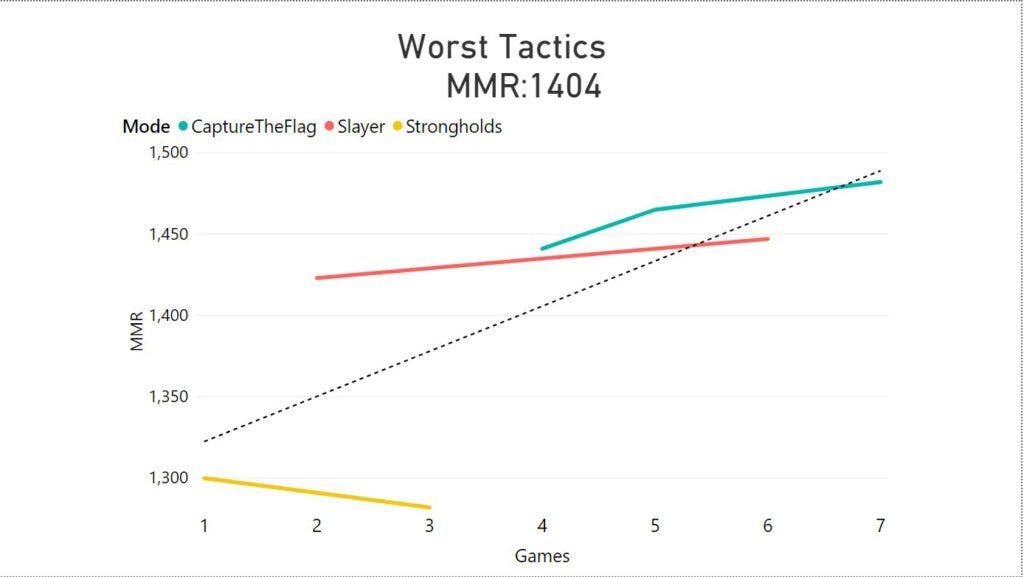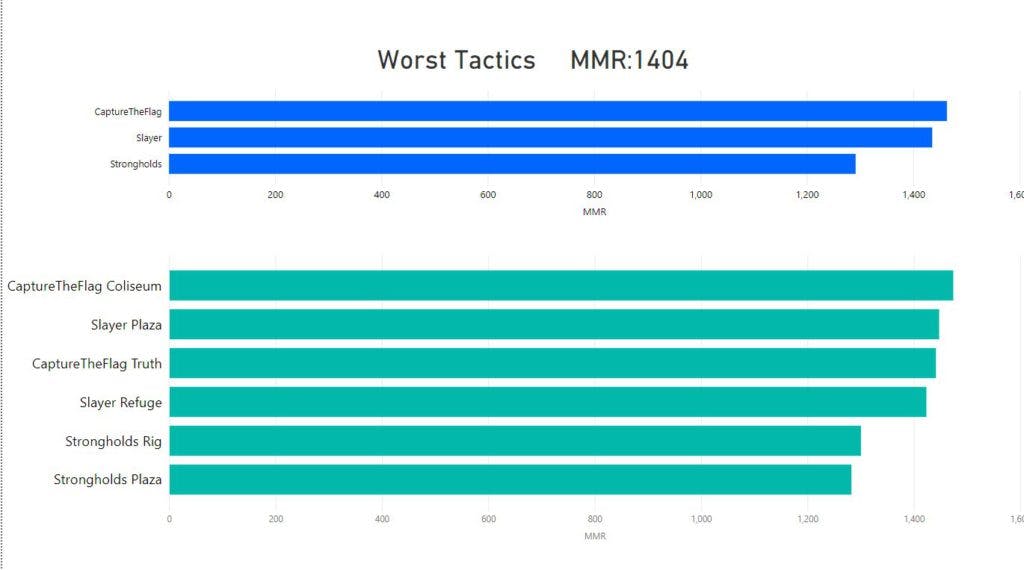Halo Infinite features a tried and tested ranking system to accurately and fairly rank players. The complexity behind it however, is sometimes difficult to understand.
Halo Infinite features many fan favorite modes and playlists, one of which is the ranked arena playlist. Paired with this is a player rank, which is earned by completing 10 placement matches. Here's a run down of how the Halo Infinite ranks work.
The rank a player receives will depend on a number of factors, from kills per minute to wins and losses. In total there are 31 different ranks, which are divided into groups. Bronze, Silver, Gold, Platinum and Diamond are all segmented into further ranks, whereas Onyx instead displays the players' overall MMR (Matchmaking Rating).
Halo Infinite continues the use of TrueSkill 2, a system originally implemented into Halo 5. Many new and old Halo fans alike might not be familiar with the TrueSkill system, given its complicated nature. We'll aim to break down TrueSkill to make Halo infinite's ranking system easier to understand.

The origins of TrueSkill and TrueSkill 2
Originally established on November 18th, 2005, TrueSkill is a skill-based ranking system for Xbox Live. It was created to identify and track the skills of gamers and has evolved many times since its creation. The most well-known implementation of TrueSkill in the Halo franchise was Halo 3's 1-50 ranking system.
It's important to note that TrueSkill and SBMM (Skill Based Matchmaking) are two different systems, and it's entirely possible for one to function as intended whilst the other does not. The original TrueSkill system focused heavily on wins and losses, more so than its eventual successor, TrueSkill 2.
TrueSkill 2 was a revision of the original system and made various quality of life changes. Released in March 2018, the most noticeable change was the focus on player performance in a game, such as Kills Per Minute. As stated by Microsoft, this additional focus on player performance allowed TrueSkill 2 to predict match outcomes with 68% accuracy, with the original TrueSkill system only having an accuracy of 52%.
Both systems are very complicated and have large documentation to explain their exact details, but the important thing to take away here is that Halo Infinite uses the most up-to-date TrueSkill 2 system, which focuses on wins, losses, and many other player-specific variables.
If you'd like to view the full documentation and details on the TrueSkill system or TrueSkill 2 system, you can do so by clicking the links provided.
How TrueSkill 2 works in Halo Infinite
Halo Infinite's version of TrueSkill 2 works very similar to Halo 5's version. Whilst there is very little information on the exact version number, we can safely assume that all base implementations of the system are present in Halo Infinite.
What does this mean for the player? In short, a win will always increase your CSR (Competitive Skill Rank), and a loss will always decrease your CSR, regardless of how well players do individually. If a player has 20 kills 0 deaths in a game of Halo Infinite, but still loses, then they'll still lose CSR.
A common complaint among the Halo community currently is that players are getting very little CSR for winning, or are losing a lot of CSR for losing. This is the system working as intended and could happen for a range of reasons.
How much a player earns or loses is based on who they're against, who's on their team, their match history, their kills per minute, their deaths per minute and some additional parameters. It is possible for a player to win a game, be the best on their team, and still only gain 1 CSR. This is because the system deemed that the player should, under all circumstances, win that game.
CSR is also different than MMR. CSR is the rank players see, such as Gold 4, whereas MMR is the hidden rank the game uses to identify a players skill, and is usually hidden unless the player is at Onyx. Much like Halo 5, it is possible for the MMR and CSR to desync, which may cause some confusion regarding actual player rank.
It is assumed however that CSR and MMR have both been integrated to work better in Halo Infinite, so the desync issue seen in Halo 5 should be minimal in Halo Infinite.

Common misconceptions about Halo Infinite ranks
Many view a ranking system as a system to progress through. There is a belief that all players should be able to play enough to get to Onyx rank in Halo Infinite, and whilst this is possible, it is also not the intended design of the system.
Halo Infinite's ranking system and TrueSkill 2 is not a system that is designed to be progressed through purely down to game time alone. It is a system that is designed to help players find their skill level, and then to match others to them accordingly.
TrueSkill 2 keeps a player at a certain rank until they naturally improve as a player. This improvement is then reflected in kills per minute, deaths per minute, scoreboard placement and wins. It completely disregards one-off performances, which is why some players experience minimal rank gain upon a win.
On the other side, the reason players may lose a large amount of CSR is because they are being matched against people they shouldn't lose to. If a player is gaining 1 CSR but losing the maximum, it's because the game has determined that they shouldn't be playing other players high than them in rank, nor should they be losing to anyone lower than them.
To reiterate, Halo Infinite's ranking system is not one in which all players will be able to get to Onyx. It is not a ranking system in which more wins = a better rank. It's a system designed to find a rank and keep you at it, depending on your skill level. It will only rank you up once you show significant improvement in skill against higher-skilled players.

Skill Based Matchmaking vs TrueSkill 2
It's important to know the clear difference between SBMM and TrueSkill 2. Skill-based matchmaking is the system that matches you with other players, and TrueSkill 2 is the system that then ranks you based on your performance with such players.
TrueSkill 2 directly affects who you can play against, but it's the search parameters of SBMM that ultimately decide it. There are many factors that influence SBMM, but the most noticeable are party size, location and skill. If a player searches in a party that has a range of skill levels, then the SBMM system will try to match another party with a range of skill levels.
Conclusion
Completing 10 matches of Ranked Arena in Halo Infinite will give a player a Bronze, Silver, Gold, Platinum, Diamond or Onyx rank, which can be improved over time. It will only improve quickly if the system has placed a player in the wrong rank, otherwise, ranking up will be gradual and steady.
The TrueSkill 2 system is complex and calculates rank based on a range of variables. To understand why a player is rewarded their rank, one must also understand how the system works. Looking into match history, overall CSR, Kills per minute, deaths per minute, wins and more is vital to understanding a player's CSR.
Stay tuned to esports.gg for the latest Halo Infinite news and updates.